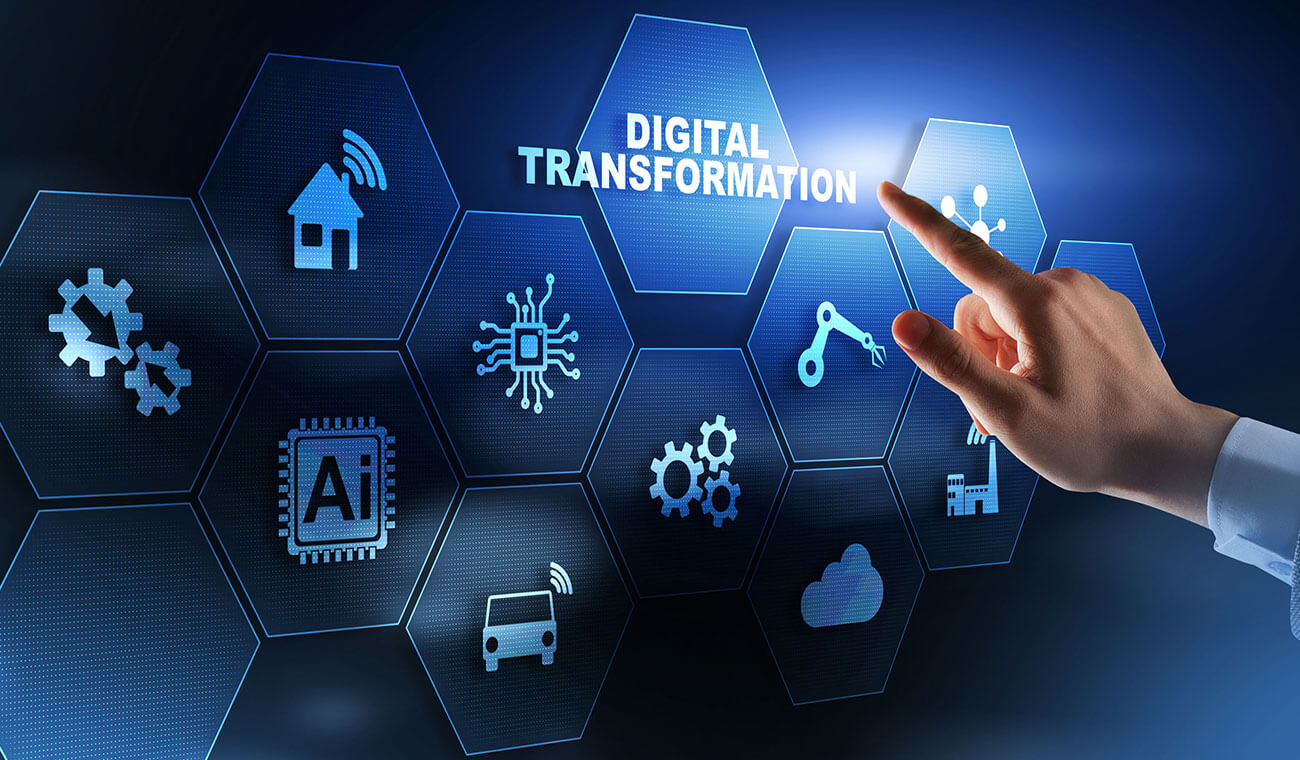Beginner’s Guide to Digital Transformation | Mirum India
Over the years, marketing pundits have been saying, “Future of Marketing is Digital”. That future is finally here. Digital is no longer a ‘good to have’ but a ‘must have’ asset. The COVID-19 pandemic has only accelerated the need for businesses to embrace Digital Transformation (DT).
Digital Transformation does not mean just building a website or setting up a social media marketing presence. The realigning of the marketing activities using digital with the customer at the centre is Digital Transformation. It means understanding every single customer touch point with the brand (online or offline) and then identifying how to use digital to make this touchpoint frictionless.
As a set of steps, DT involves the following:
1. Understanding Customer Journey
- A customer journey is a complete set of experiences a customer goes through while engaging with a business. It involves all the interactions incurred during a customer lifecycle across multiple marketing channels and touch points.
- Mapping the customer journey means mapping your customer behaviour across the Path-to-Purchase route, right from awareness, purchase to loyalty. Every customer will have a unique journey; hence the customer journey needs to be mapped with multiple non-sequential permutations and combinations.
- Lastly, the customer journey is not limited to consumer facing B2C but also applicable for B2B.
2. Data Management
- Today we live a world where we have an overdose of data from multiple communication channels. It is important for us to know what data is being captured and how it is being interpreted and used.
- Next is to check if there are any gaps in data capture and devise a plan to capture that missing data points to complete the data map
- Once data map is ready, the next step is to make a marketing sense out of the data. Data needs to be analysed to come up with similar patterns to form marketing cohorts with common traits, which can be used for engaging existing customers as well as for acquiring new customers.
- The data needs to be captured as per the General Data Protection Regulation (GDPR) protocols. With so much customer data at hand, data security becomes important. Adequate steps need to be taken for data protection like restricted access, data encryption, hashing, tokenization, and others.
3. Understanding the Tech Platforms
- Organization often utilize multiple tech platforms which are best suited for their needs in their martech infrastructure. It is important to understand which platforms are being used and what role they are performing.
- Get a macro view of the martech architecture and understand which are the missing pieces. Check if all the platforms are seamlessly working with each other.
- Make a list of missing pieces, replacements or add-ons required. Prepare a martech investment roadmap-based priorities and urgency.
- Purpose for each martech investment should be clearly defined and metrics should be setup to evaluate the ROI on the investment.
4. Getting DT ready
- Internal stakeholders need to be nurtured and nudged to leverage the data-driven consumer engagement
- Establish Standard Operating Procedures (SOPs) to run marketing activities to ensure consistency and efficiency across every campaign.
- Create Training modules for employees who are going to use martech tools, based on the activities they are going to execute.
- Create a Governance Model to provide a vision for senior management to have a clear understanding and oversight of expectations, performance, risk, and reporting requirements; benchmarked against overall brand objectives.

